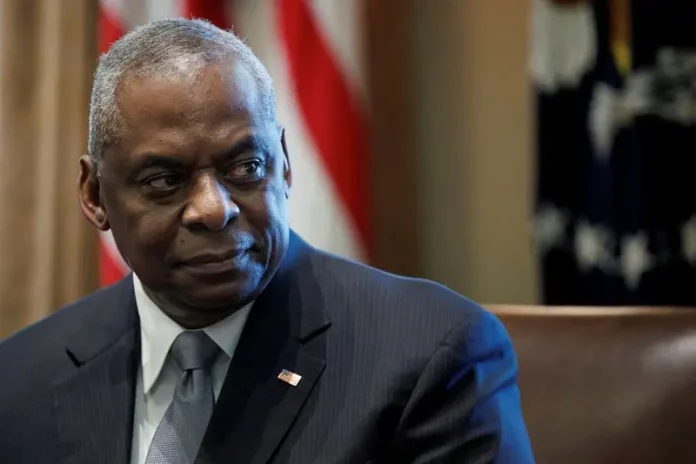U.S. Defense Secretary Lloyd Austin announced a new $400 million military aid package for Ukraine on Monday during a visit to Kyiv, underscoring continued American support for the war-torn nation just two weeks before the U.S. presidential election. Austin’s visit, his fourth and likely last as President Joe Biden’s defense chief, aimed to bolster Ukraine’s defenses as Russian forces slowly advance in the eastern part of the country. His trip also highlighted the critical nature of Ukraine’s battle against Russian aggression, which he framed as essential not only for Ukraine but for the security of the entire West.
Austin stressed that Ukraine’s resistance to Russian President Vladimir Putin’s invasion, now stretching into its third year, serves as a warning to the West. He cautioned that failure to support Ukraine would allow “Putin’s shadow” to fall over Europe. “We should all understand that Putin’s assault is a warning. It is a sneak preview of a world built by tyrants and thugs — a chaotic, violent world carved into spheres of influence,” Austin said in a speech, signaling the broader stakes involved in Ukraine’s defense.
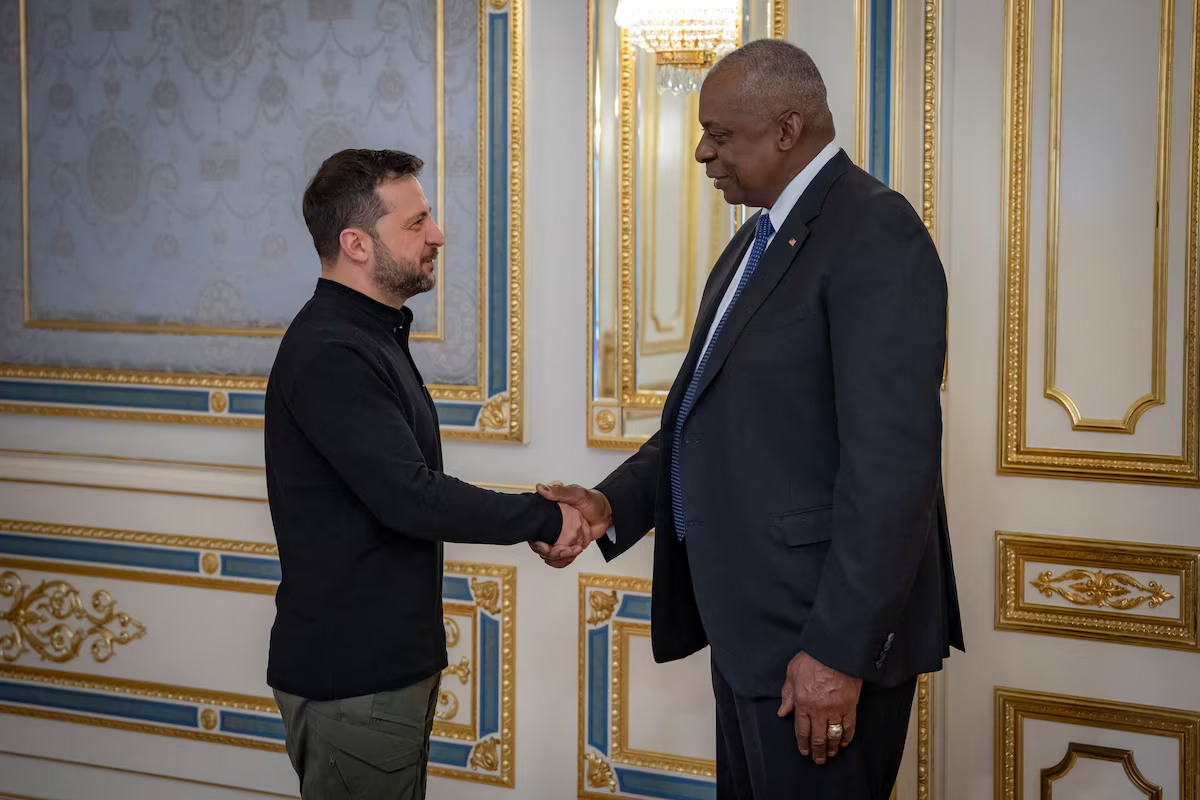
Austin arrived in Kyiv following an overnight train journey from Poland, during which Ukrainian officials reported fresh Russian attacks on the capital, causing damage to residential buildings and injuring at least one civilian. Upon his arrival, Austin met with Ukrainian President Volodymyr Zelenskiy, who reiterated his plea for the U.S. to ease restrictions on the use of American-supplied weapons, allowing Ukraine to strike deeper into Russian territory. However, no changes to U.S. policy were announced during Austin’s visit.
Instead, the defense secretary revealed a new tranche of military aid, including munitions, armored vehicles, and anti-tank weapons to help Ukraine in its ongoing fight. The timing of the visit, just ahead of the U.S. presidential election on November 5, adds a layer of uncertainty to future support for Ukraine. Former President Donald Trump, who is running for re-election against Vice President Kamala Harris, has suggested that he might scale back American support for Ukraine, which could leave Kyiv without its most significant military and financial ally.
Despite concerns over the election’s potential impact on U.S. aid to Ukraine, Austin sought to reassure Kyiv. “I’ve seen bipartisan support for Ukraine over the last 2-1/2 years, and I fully expect that we’ll continue to see bipartisan support from Congress,” he said, downplaying fears of a dramatic shift in U.S. foreign policy depending on the election outcome.
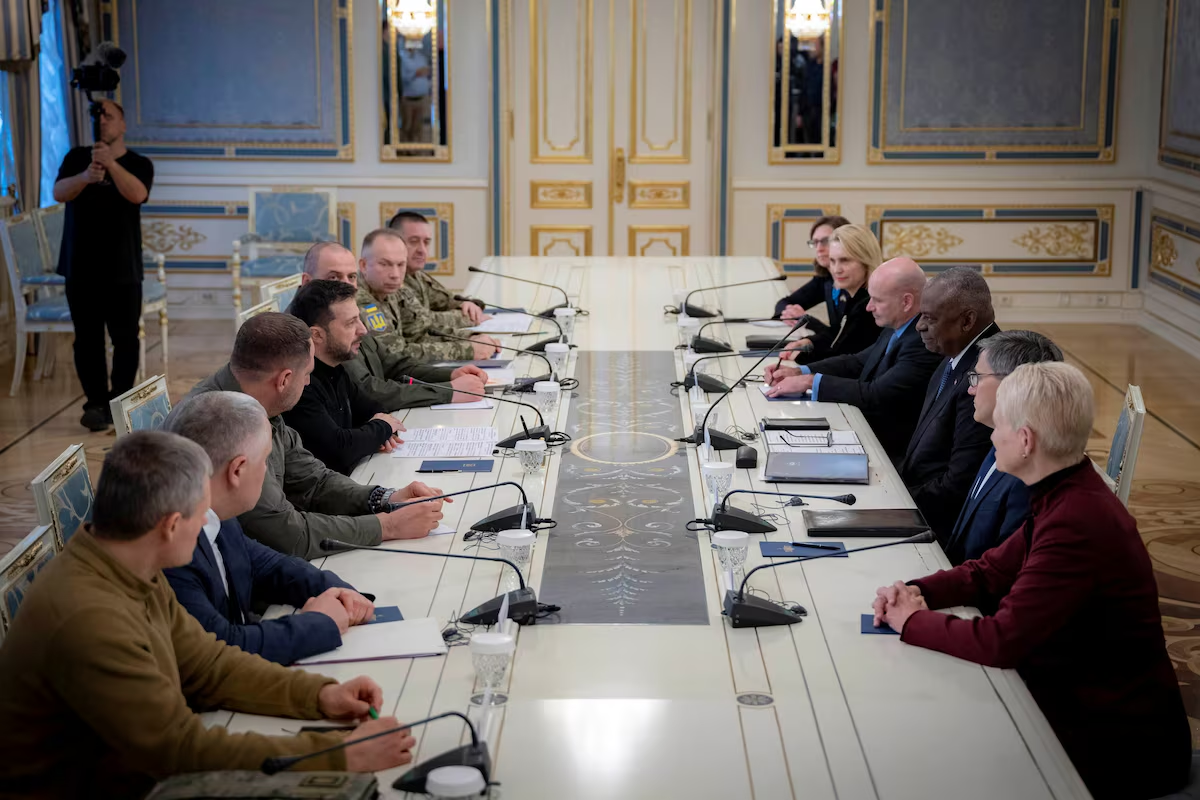
Austin has been one of Ukraine’s most steadfast supporters, helping to form a coalition of nations that has supplied Kyiv with critical weaponry. A senior U.S. defense official, speaking on condition of anonymity, estimated that Russia has suffered 600,000 casualties in Ukraine, including both killed and wounded soldiers, with September marking one of the deadliest months for Russian forces.
Despite heavy losses, Putin appears determined to continue his costly offensive in eastern Ukraine’s Donbas region, which Moscow has claimed as its own. “It’s a very tough fight and it’s a tough slog,” Austin admitted, acknowledging the challenges that Ukrainian forces face as they struggle to hold ground and repel Russian advances.
While the war in Ukraine continues to grind on, Kyiv is working to keep its fight in the spotlight, even as global attention shifts to conflicts in the Middle East. Zelenskiy met with Austin just days earlier at NATO headquarters in Brussels, where he presented his “victory plan” for Ukraine. Though Zelenskiy received assurances of continued support, he did not secure an immediate invitation for Ukraine to join NATO, a goal that remains central to Kyiv’s long-term defense strategy.
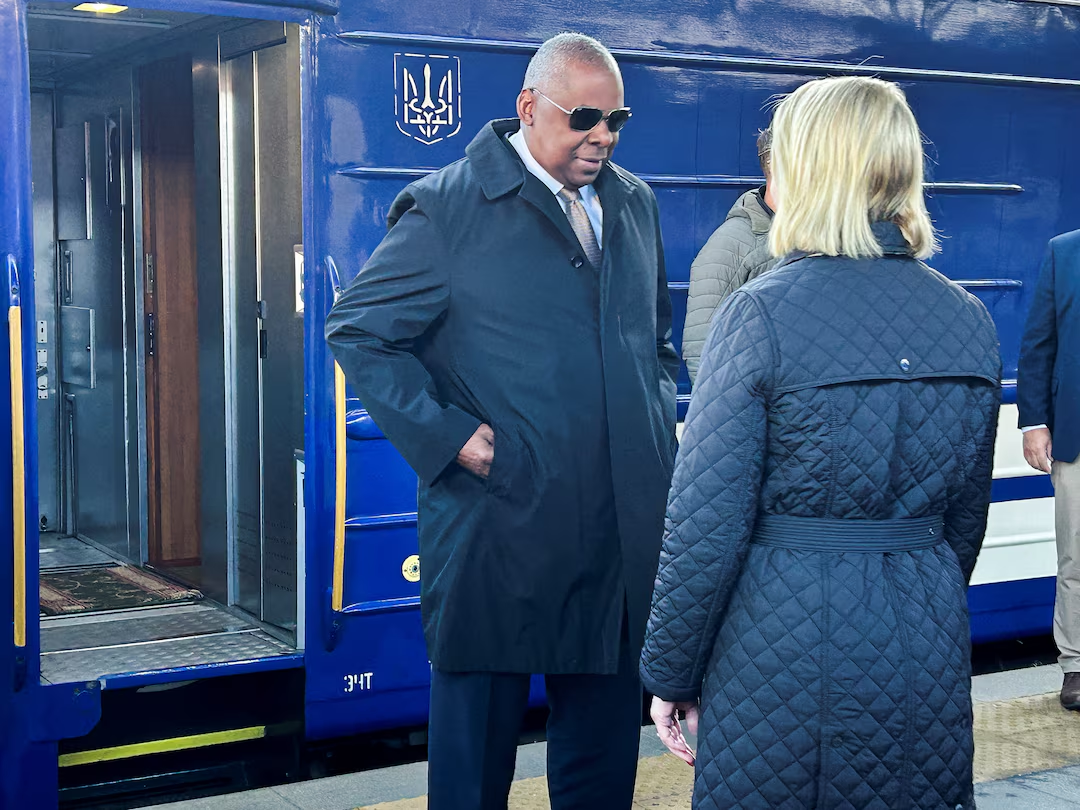
When asked about Zelenskiy’s victory plan, Austin avoided offering a public assessment, stating, “It’s not my position to evaluate publicly his plan.” However, experts suggest that Ukraine may soon face tough decisions about how to allocate its limited fighting forces, particularly in light of the strain on its military capabilities.
One recent example of this challenge came during Kyiv’s surprise offensive in Russia’s Kursk region over the summer, an operation that reportedly caught U.S. officials off-guard. While Ukraine had hoped to shift the battlefield momentum and divert Russian forces from the eastern front, Putin remains focused on capturing key logistical hubs in eastern Ukraine, including the city of Pokrovsk, which is vital to Ukraine’s war effort.
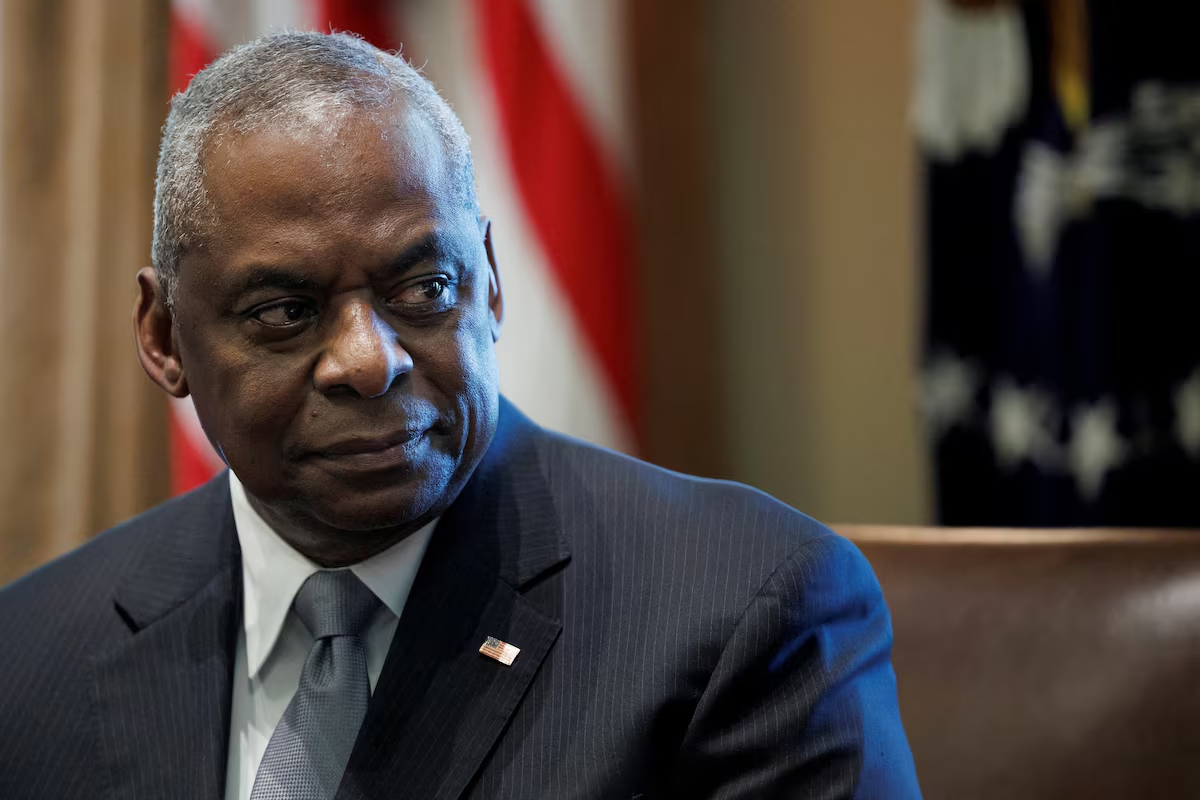
Despite receiving billions of dollars in U.S. military support, including advanced weaponry like F-16 fighter jets and Abrams tanks, Ukraine faces a formidable challenge in the months ahead. A senior U.S. defense official acknowledged that while the war has dealt significant blows to Russia’s economy and military, Moscow is “not ready to call it quits.” The official emphasized the heavy burden this places on Ukraine, which must continue to fight while managing dwindling resources and personnel.
As Ukraine’s struggle persists, the outcome of the U.S. presidential election looms large, casting uncertainty over the future of Western support for Kyiv. However, for now, Austin’s visit and the new aid package demonstrate that the Biden administration remains committed to Ukraine’s defense in the face of ongoing Russian aggression.

